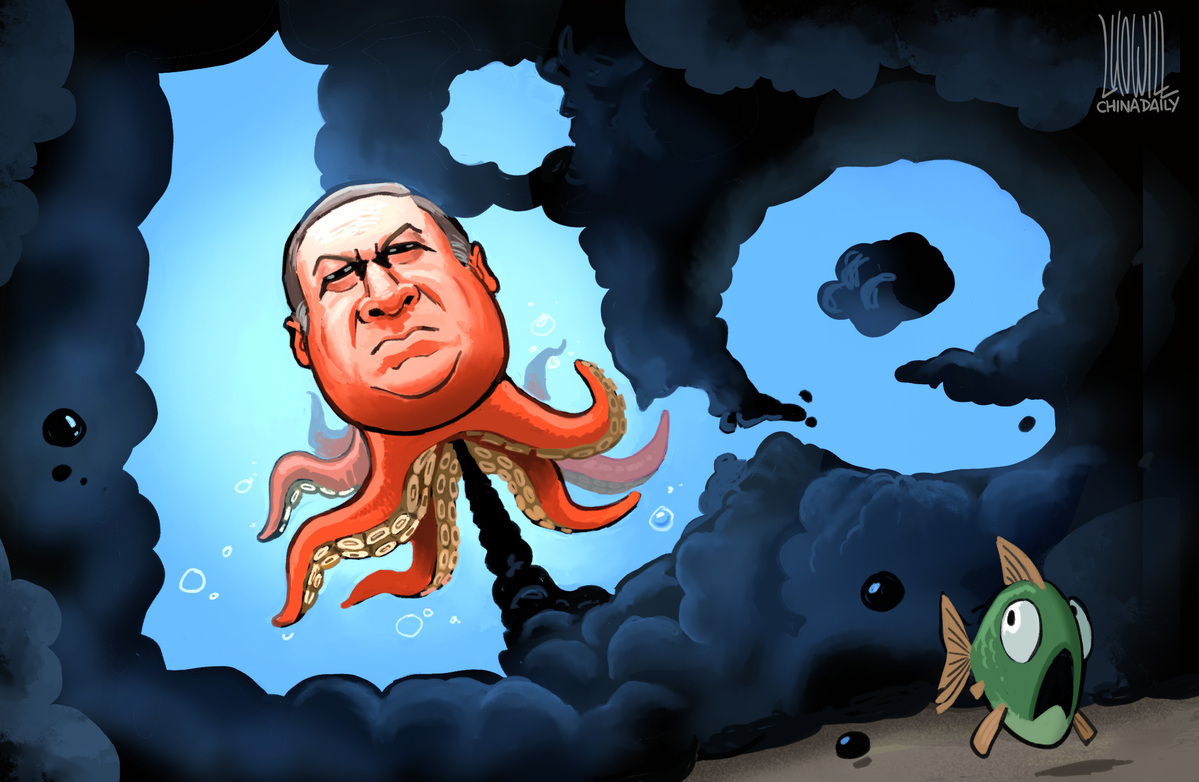reedak
Well-Known Member
- Joined
- May 1, 2014
- Messages
- 777
Part 1
1. The Gnadenhutten Massacre
In 1782, a group of militiamen from Pennsylvania killed 96 Christianized Delaware Indians, illustrating the growing contempt for native people. Captain David Williamson ordered the converted Delawares, who had been blamed for attacks on white settlements, to go to the cooper shop two at a time, where militiamen beat them to death with wooden mallets and hatchets.
Ironically, the Delawares were the first Indians to capture a white settler and the first to sign a U.S.-Indian treaty four years earlier—one that set the precedent for 374 Indian treaties over the next 100 years. Often employing the common phrase “peace and friendship,” 229 of these agreements led to tribal lands being ceded to a rapidly expanding United States. Many treaties negotiated U.S.-Indian trade relations, establishing a trading system to oust the British and their goods—especially the guns they put in Indian hands.
Source: https://www.history.com/news/native-americans-genocide-united-states
2. The Delawares were massacred even though they worshipped the same God as the white settlers. God bless the natives and the white settlers. God bless America. So much for the so-called Western values.
Has Pompeo the Great Pompato any comment on this?

The pompato is impaled while fishing in troubled waters.
Source: http://www.chinadaily.com.cn/a/202007/15/WS5f0e3fa0a31083481725974f.html
1. The Gnadenhutten Massacre
In 1782, a group of militiamen from Pennsylvania killed 96 Christianized Delaware Indians, illustrating the growing contempt for native people. Captain David Williamson ordered the converted Delawares, who had been blamed for attacks on white settlements, to go to the cooper shop two at a time, where militiamen beat them to death with wooden mallets and hatchets.
Ironically, the Delawares were the first Indians to capture a white settler and the first to sign a U.S.-Indian treaty four years earlier—one that set the precedent for 374 Indian treaties over the next 100 years. Often employing the common phrase “peace and friendship,” 229 of these agreements led to tribal lands being ceded to a rapidly expanding United States. Many treaties negotiated U.S.-Indian trade relations, establishing a trading system to oust the British and their goods—especially the guns they put in Indian hands.
Source: https://www.history.com/news/native-americans-genocide-united-states
2. The Delawares were massacred even though they worshipped the same God as the white settlers. God bless the natives and the white settlers. God bless America. So much for the so-called Western values.
Has Pompeo the Great Pompato any comment on this?

The pompato is impaled while fishing in troubled waters.
Source: http://www.chinadaily.com.cn/a/202007/15/WS5f0e3fa0a31083481725974f.html
